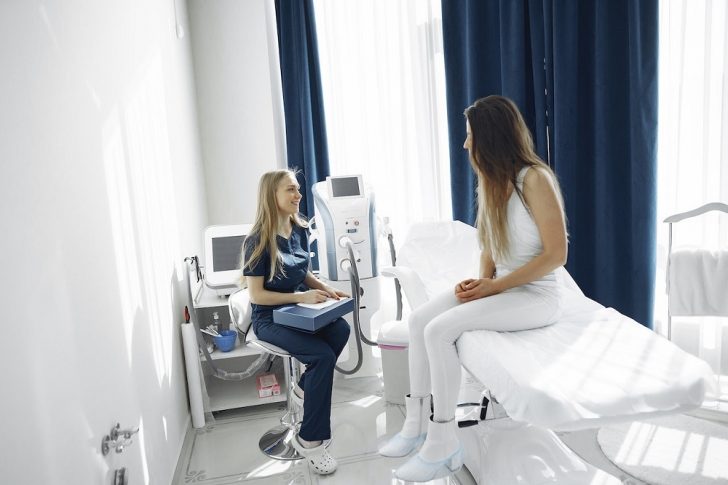In the realm of health care expenses, a startling disparity has long lurked beneath the surface—a gender gap that silently burdens women with billions in additional costs each year. This covert financial burden, often called the "pink tax," not only impacts women's wallets but indirectly contributes to perpetuating the gender wage gap.
In this article, we delve into a recent report by Deloitte titled "Hiding in Plain Sight: The Health Care Gender Toll," which sheds light on this issue and explores how employers can help level the playing field. Let's uncover the details and discuss actionable solutions.

Gustavo Fring/ Pexels | Healthcare should be a right, not a privilege, regardless of gender.
The Covert 'Pink Tax'
While men and women pay the same premiums for health insurance, the disparity arises in out-of-pocket medical expenses. According to Deloitte's report, women bear an astounding $15 billion more annually in these costs, excluding pregnancy-related expenses.
This discrepancy has given rise to the term "pink tax," echoing the higher prices women often face for identical products or services, from disposable razors to health insurance.
Understanding the Discrepancy
The 'pink tax' disparity is a multifaceted issue. First, women tend to utilize health insurance more frequently, approximately 10% more than men. However, the core of the problem lies in insurance companies' unequal coverage of services needed by women compared to those required by men.
Factors Contributing to the 'Pink Tax'
Several factors contribute to this covert financial burden on women:

Elevate Digital/ Pexels | Let's move from equality to equity in healthcare benefits
Annual Checkup Age Recommendations
Women are often advised to have annual checkups earlier than men, resulting in higher cumulative costs over their lifetimes.
Gynecological Exams
Frequent gynecological exams increase women's medical expenses, further widening the gender gap.
Breast Cancer Imaging Costs
Breast cancer imaging costs are significantly higher than imaging for other types of cancer, disproportionately affecting women.
Menopausal Transitions
The treatments and services required during menopausal transitions can be costly, contributing to the 'pink tax.'
High Deductible Expenses
Women are more likely to require medical services that surpass their insurance plan's annual deductible, leading to increased out-of-pocket expenses.
Age-Related Value
The report highlights that women receive the most value for their insurance premiums during their thirties and forties, coinciding with late childbearing years, perimenopause, and menopause. However, as they age beyond this period, women consistently derive less value for each healthcare premium dollar spent.

MART PRODUCTION/ Pexels | Financial stressors can lead to health problems and delays in care
The Impact on Health
Dr. Kulleni Gebreyes, U.S. Chief Health Equity Officer and Life Sciences and Health Care Sector Leader for Deloitte, emphasizes that this hidden financial burden can significantly affect women's health. Financial stressors can lead to health problems and delays in care, potentially exacerbating preventable healthcare consumption and escalating expenses.
Closing the Gap
To address the covert 'pink tax,' employers have an opportunity to make intentional efforts that can benefit both their female employees and the broader workforce. According to the report, leveling the playing field may cost employers an estimated $133 per employee per year—a relatively small investment considering the potential benefits.
